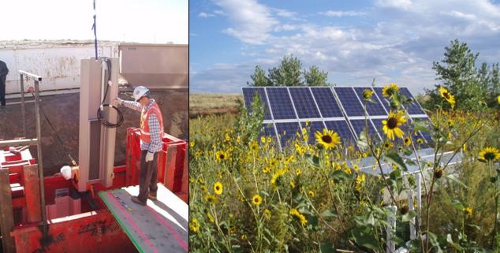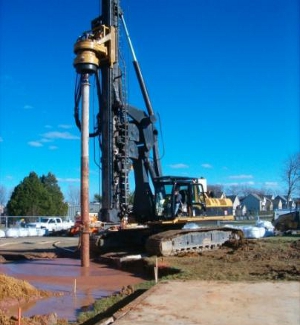CASE STUDY
Utilizing Rational Remediation Strategies for Optimizing Sub-surface Contamination Mitigation

 Some 40 % of the world’s population depend on groundwater. Consequently, its pristine quality is critical for drinking
Some 40 % of the world’s population depend on groundwater. Consequently, its pristine quality is critical for drinkingwater and food safety. Groundwater can become contaminated from residential, municipal, commercial, industrial, and agricultural activities as tens of thousands of commercial chemicals are used every day. Spilled or leaked chemicals may leach through porous soil into the aquifer, where dissolution and transport with natural groundwater flow may deteriorate soil and water quality over large areas. When drinking water sources or ecosystem services are threatened, soil and groundwater contaminants need to be removed, or ideally destroyed. However, the high costs typically associated with subsurface activities call for rational remediation strategies, which take advantage of effective natural processes leading to contaminant degradation, promote sustainable practices from site investigation to cleanup, and take social and socioeconomic factors into account.